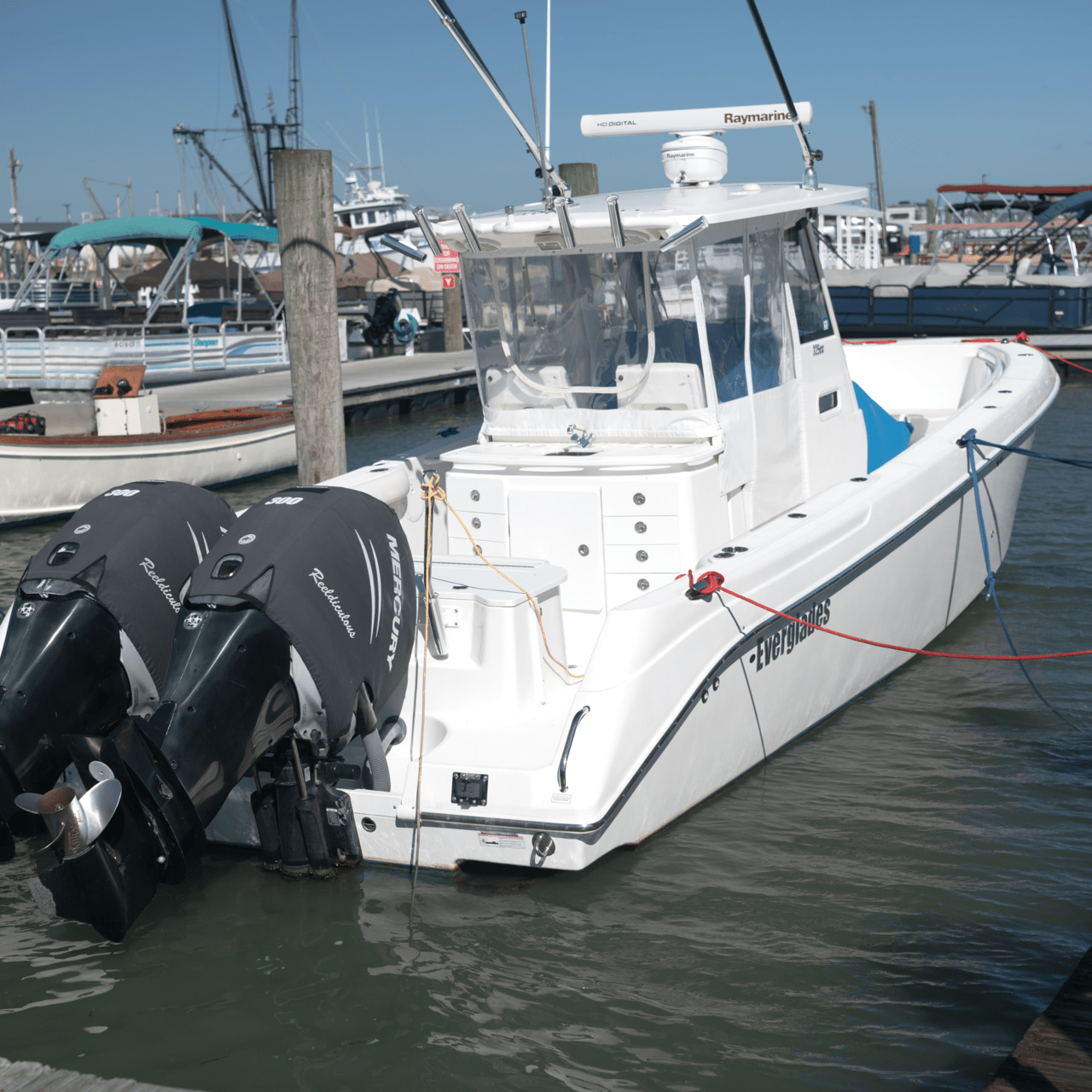
Should You Use Single or Twin Outboard Engines?
Take a stroll down the docks at any modern boat show, and you’ll likely see boats with multiple high-horsepower outboard motors stuffed across the transom. Today, it’s not uncommon to see four, five, or even six outboards delivering thousands of horsepower on large offshore center consoles that can be 60 feet or more in length.
Boaters in the mid-twenty-foot range and up may face the very realistic choice of deciding on rigging it with one or two outboards. This applies whether you’re repowering an existing boat or ordering a new one. The options have been expanded even further with the proliferation of larger, higher horsepower outboard choices. With a variety of outboard motors now available in 300 to 600 horsepower, even larger boats can make do with a single motor where previously a minimum of two were required to provide enough power.
For example, an owner repowering a 28-foot pilothouse fishing boat could go with twin 175 hp motors, or a single 350. The amount of horsepower on the transom is the same, but there will be some notable differences in cost, performance, fuel economy, maintenance, and more. Neither is necessarily right or wrong - it depends on how you use your boat and what is important to you.
Twin Outboard Engines
One of the key reasons boaters opt to go with two motors is the added security of having a spare motor in case of trouble. Boaters who routinely run far offshore or boat in remote/secluded areas where assistance may be spotty understand the importance of safety and backup plans. In the event of engine trouble or even engine failure, you can make it back to port on one motor. You also have a backup alternator to provide power to run pumps, lights, electronics, and accessories.
It's important to note, however, that if your engine issues are caused by contaminated gasoline, fuel tank, or fuel filter issues, both motors could be affected (unless you have separate fuel systems/filters).
Another notable advantage of twin outboards is the increased maneuverability when operating in tight quarters, such as when docking or putting your boat on a trailer. The ability to use opposing throttles to help steer the boat makes this far easier. Even more significant is the fact that today’s fly-by-wire outboards and steering systems are compatible with advanced joystick control systems that make parking a boat as easy as playing a video game. When connected to GPS positioning, these same joystick systems can be used to provide advanced virtual anchoring functions to hold the boat in place while fishing or waiting for a bridge to open.
Single Outboard Engines
Going with two motors does offer some key advantages, but it also requires some sacrifices. Each one of them spells out a potential advantage of going with a single larger outboard instead. For starters, going with two engines means you must first spend the money on two engines. This can be a considerable investment. In addition to the purchase price of the second engine, you’ll pay extra for maintenance, service, insurance, and an array of other boating costs. If you’re repowering an existing boat, you can throw in additional rigging costs, to boot.
You should also consider the weight of two smaller engines versus one. In general, one engine, even if it’s a larger V6 or V8 model, will weigh considerably less than two smaller inline 4-cylinder motors. Having less weight on the transom can improve the balance and ride of the boat. Keeping within a certain weight can be especially important when repowering an older boat that was built back in the day of 2-stroke outboards. While fantastic and very reliable, modern 4-stroke engines are considerably heavier in comparison.
You might think that having two propellers to push your boat would make it get on plane quicker and go faster on the top end. This is generally not the case, however, as the added weight of two engines and the added hydrodynamic drag of two lower units will make your boat slower out of the hole. These same factors will also reduce top-end performance and fuel efficiency.
Which engine setup is best for you?
If lower cost of purchase, reduced weight, higher top-end speeds, and better fuel economy are your primary goals — and you’re not as concerned about having the redundancy of twin motors — a single outboard will be your best option.
Two motors are always going to cost more than one, weigh more than one, burn more fuel than one, and require more service and maintenance. However, for some types of boaters, the confidence they feel from having two powerplants more than outweighs the negatives. In addition to having the safety of a backup, boaters who go with twins have the ability to enjoy joystick control and virtual anchoring capabilities that improve the boating experience.
Choose the options that best fit your boat and application. When in doubt, ask your local dealer for advice about different options for your boat.

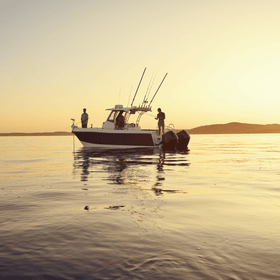
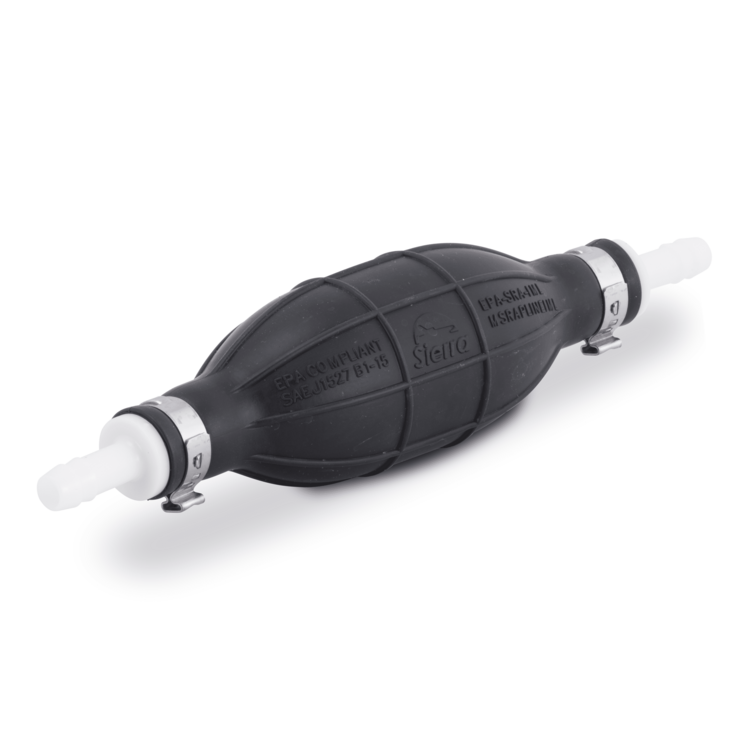

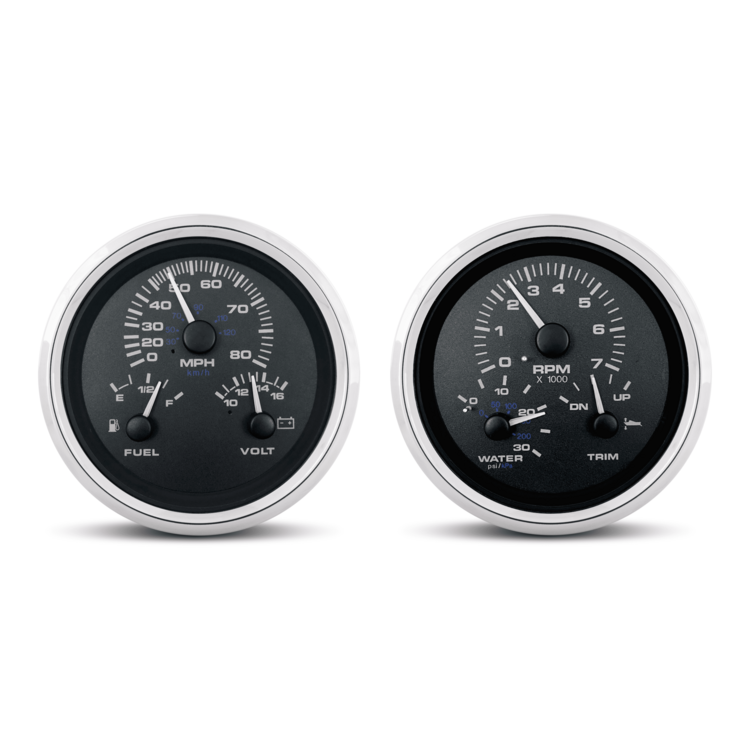
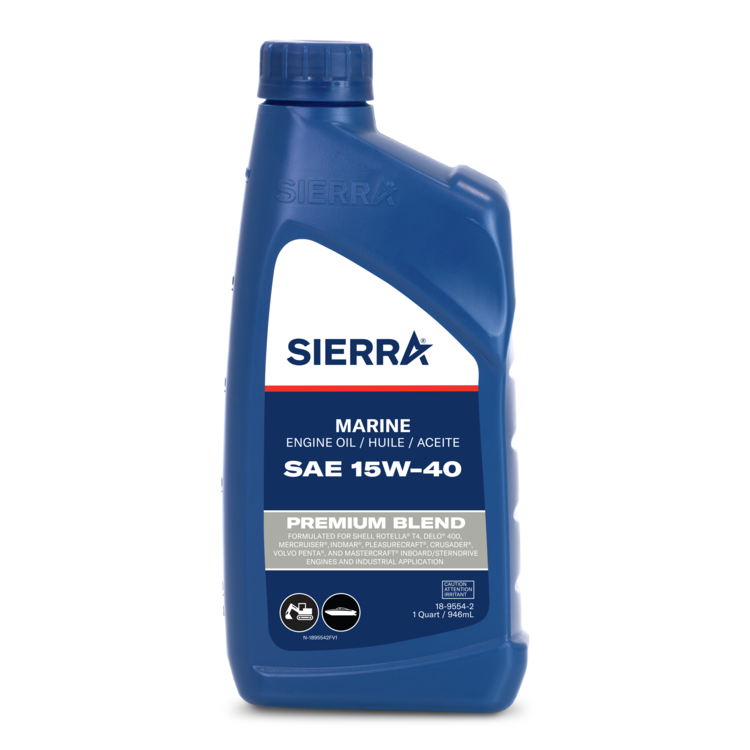
Leave a comment